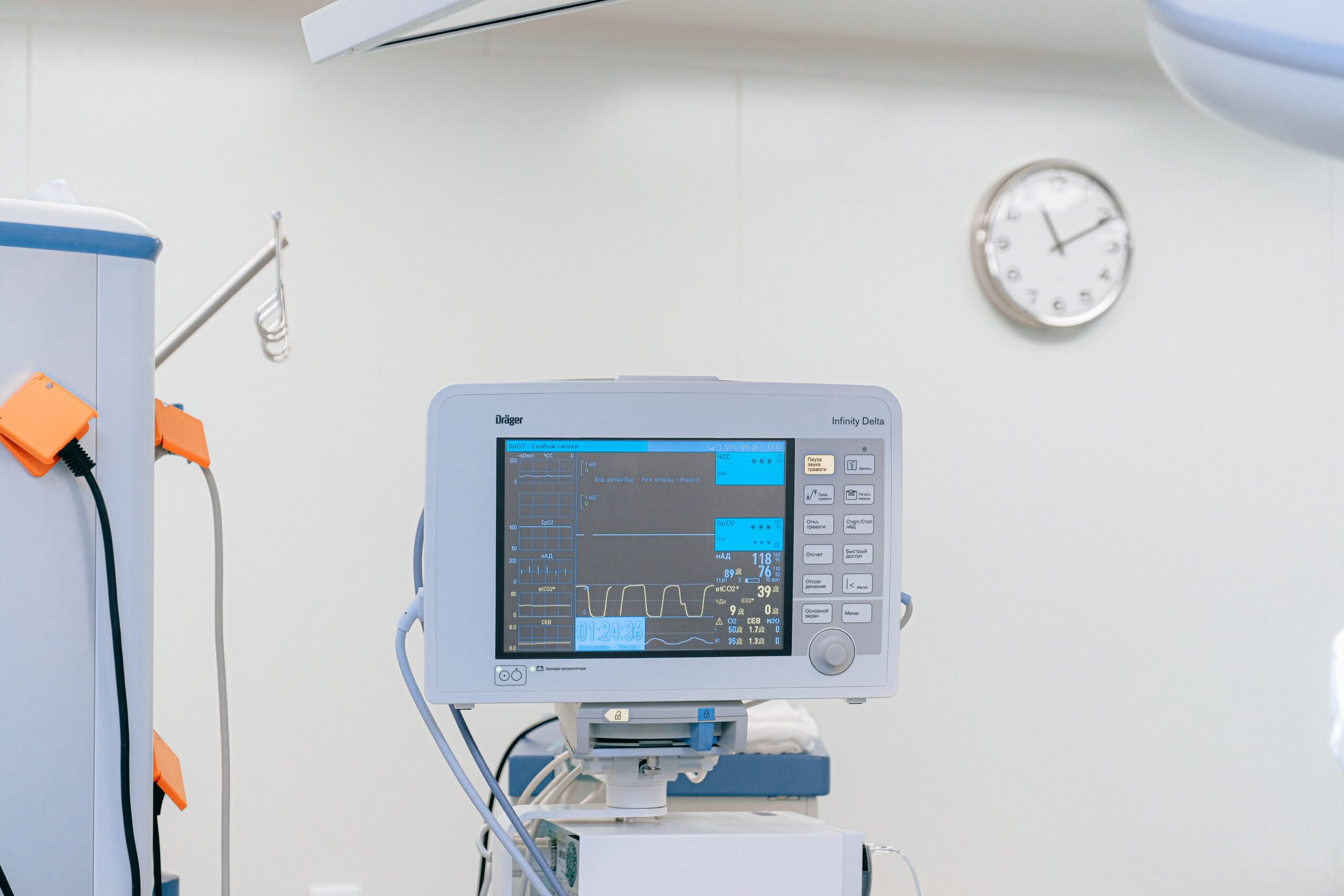
Free Consultation(203) 447-0000

Free Consultation(203) 447-0000

Sepsis is the body’s extreme response to an infection and it occurs when an infection already in a person’s body triggers a chain reaction throughout the body. Sepsis is an extremely serious condition that causes an estimated 20% of global deaths and between 20 and 50% of hospital deaths in the U.S. each year. On May 26, 2017, the World Health Assembly and the World Health Organization adopted a resolution to improve, prevent, diagnose, and manage sepsis, thereby making sepsis a global health priority. The Chairman of the Global Sepsis Alliance, Dr. Konrad Reinhart, explained that sepsis “is one of the few conditions to strike with equal ferocity in resource-poor areas and in the developed world. . . . When sepsis is quickly recognized and treated, lives are saved, but health care providers need better training because they are the critical link to preventing, recognizing, and treating sepsis.”
According to the Centers for Disease Control and Prevention (CDC), although any individual can develop sepsis, some populations are at higher risk to develop the condition, including:
The CDC further indicates that the signs and symptoms of sepsis may include the following:
The CDC advises that if a person thinks they may have sepsis, they should act fast and get medical care immediately. Specifically, a person should ask their healthcare professional whether the infection they are experiencing could be leading to sepsis and whether they should go to the emergency room.
A recent study published in BioMed Central Health Services Research detailed the substantial racial inequities in sepsis care and outcomes, with Black and Hispanic populations experiencing higher rates of complications, deviations from standard care, and sepsis readmissions when compared to Non-Hispanic White populations. The study explained, “Racial inequities are observed at all stages in the sepsis care pathway, from primary prevention to care after discharge, stemming from the triple burden of increased incidence of sepsis, socioeconomic disadvantage, and lower quality care.”
The study authors are currently engaged in efforts to mitigate this structural racism by adapting and delivering a 2.5-year-long facilitated leadership intervention in eight U.S. health systems and their surrounding communities. Through virtual forums, hospital workshops, and a web-based platform to allow experience-sharing and to provide program resources, the intervention will focus on the shared goal of reducing racial inequities in sepsis care and outcomes.
Fortunately, major strides have recently been made in the area of diagnosing and treating sepsis thanks to significant technological advancements. In October 2022, researchers at the Chan Zuckerberg Biohub announced that they have developed a new diagnostic method that applies machine learning to advanced genomics data from both microbe and host to identify and predict cases of sepsis, known as the metagenomic next-generation sequencing (mNGS) method. The results of the mNGS method have been remarkable, as it allowed the researchers to identify 99% of confirmed bacterial sepsis cases and 92% of confirmed viral sepsis cases, and to predict sepsis in 74% of clinically suspected cases that had not been definitively diagnosed.
In addition, in January 2023, the FDA cleared a blood test called IntelliSep, which can be used in emergency rooms to identify patients with sepsis before the condition progresses to the point that it is too hard to treat. The test measures unique changes to white blood cells that occur with sepsis, which then alerts healthcare providers that a patient may develop sepsis as a result of their infection.
A person with sepsis may be a victim of medical malpractice if their healthcare provider fails to prevent, diagnose, or properly treat the condition. If you believe that you or a loved one with sepsis suffered the consequences of medical malpractice, you should reach out to an attorney right away. Contact the experienced attorneys at Berkowitz and Hanna, LLC if you have any questions about your legal rights regarding this concern. To schedule a free, no-obligation consultation, contact us online today.
Berkowitz Hanna
